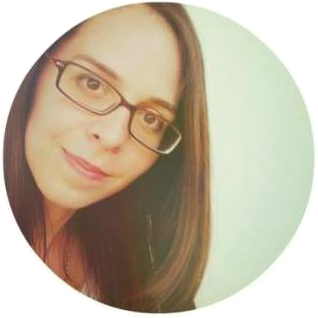When we develop ideas we try to learn and understand the complex context of the concept we’ve been commissioned to translate; user needs, brand needs, strategic needs and so forth.
We create.
We arrange colours, shapes and space in the same way a composer would arrange a sequence of musical notes or a writer would arrange verbs, nouns and adjectives in a piece of writing. We create functional frameworks of rules and restrictions that will guarantee the quality of the language system as it grows in the future; we draw boundaries and narrow down.
All languages — visceral, spoken or symbolic — share concepts like rhythm, tempo, climax and movement. These themes can be used to find connections between languages, as clues for translation.
Have a look around you.
That logo your colleague is awkwardly kerning next to you is the visual translation of a brand vision that was previously translated from a business strategy. That person who is freelancing for a startup in the other side of the room is translating some scribbled notes from an entrepreneur into a concept for a web-site landing page.
And what about you?
That UI you’re perfecting is the translation of thousands of customer service complaints, two years of internal politics between client stakeholders, a new marketing campaign and the color green. You’ve taken everything you’ve heard, everything you didn’t want to hear and you’re now making it all work. You achieve this while maintaining the original meaning of the brief, the original promise of the product.
In the end, much like in translation in its original sense, it comes down to themes like fidelity and transparency, interpretation and creation, narrative and meaning.
We are the narrators, the curators and the creators of our output, all at the same time.
They switch off the light and its white shade
glimmers for a moment before dissolving
like a tablet in a glass of darkness. Then up.
The hotel walls rise into the black sky.
The movements of love have settled, and they sleep
but their most secret thoughts meet as when
two colours meet and flow into each other
on the wet paper of a schoolboy’s painting.
It is dark and silent. But the town has pulled closer
tonight. With quenched windows. The houses have approached.
They stand close up in a throng, waiting,
a crowd whose faces have no expressions.
(Tranströmer’s poem, translated by Scottish Poet Robin Fulton)
Fluency is the ultimate aspiration
As far as languages go, the highest level of achievement is reaching fluency. A fluent speaker of any language understands the complexities and peculiarities of that given language, the pitfalls and the potential; all the subtle details that makes a phrase or choice of wording something extra, something impactful, something beautiful.
For designers, I believe fluency is the ultimate aspiration.
A fluent designer is not bound a singular language or mode of expression, we are beyond that. We can understand and empathize any context and adapt our approach to any scenario. We look for meaning and give it new interpretations. We take the original ideas and shape them in ways our clients didn’t see it possible. We add poetry adapted for the medium we work in and for the people who are the recipients of our work. We translate with equal measures of fidelity and transparency, and we make every translation beautiful.

